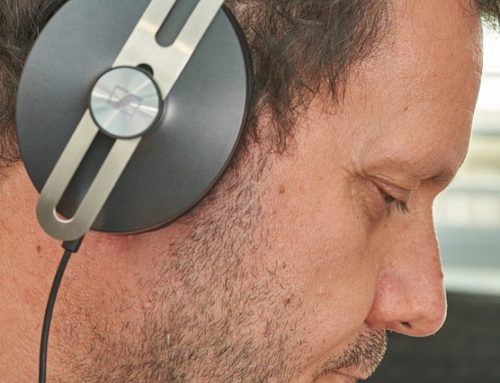Children who are identified as twice-exceptional students encounter unique challenges in the classroom and in life.
 “Twice-exceptional” means that a child is gifted (brilliant) in one or more areas but also must deal with a learning disability. Dealing with this situation can be more complicated than one might think.
“Twice-exceptional” means that a child is gifted (brilliant) in one or more areas but also must deal with a learning disability. Dealing with this situation can be more complicated than one might think.
Often, these children experience great frustration and receive mixed messages about their abilities. Their school may emphasize one of their exceptionalities over the other, with harmful effects. Their emotional and educational struggles are often more difficult than those of students who are not identified as twice-exceptional.
It’s no wonder that parents and teachers may feel confusion and frustration as well.
The Variations of Twice-Exceptional Children
To make the idea of twice-exceptional even more complicated, several variations exist. For example:
Unidentified – These students are identified as neither gifted nor learning disabled. This is because their giftedness and their learning disability mask each other.
Gifted – These students are readily identified as gifted. They may have less obvious learning disabilities that are “hidden” by their intelligence.
Identified – These students have been identified as both gifted and as having a learning disability. But the focus is usually placed on their learning disability in the classroom.
Unfortunately, all three variations will struggle with more frustration and self-esteem issues than their neurotypical peers. It can be hard for them to operate at their full potential. Their social skills can be affected. And parents and teachers often have unrealistically high expectations because they are gifted. But their learning disabilities make it hard for them to live up to such expectations.
Therefore, finding a way to address the unique needs of twice-exceptional students is critical to their success in school and in life.
The Tomatis Method And Learning Disabilities
Learning disabilities fall along a spectrum of types and symptoms. When evaluating for learning disabilities, clinicians check for a number of signs. They should evaluate the student’s auditory processing skills. They should also evaluate their attention skills and processing speed. Plus, they also need to look at the student’s short-term memory. If a child demonstrates delays in any of these areas, treatment for a learning disability is appropriate.
Amazingly, the Tomatis listening program helps re-train a child’s brain in all of these areas. This is true no matter which variation twice-exceptional children display. While giving children practical coping skills is important, addressing their learning disabilities at a neurological level provides essential benefits.
The auditory system is the one most fully integrated with all the other senses. It is the primary way by which people interpret their world. Because the Tomatis method addresses the auditory system, it is a very effective tool for creating new neural networks that allow children to grow beyond their learning disabilities.
(For more information about how the Tomatis Method can help with learning disabilities, please click here.)
Neuroplasticity
The idea that the brain is capable of growing new neural pathways is called neuroplasticity. Basically, it means that the brain really can change. The earlier children are given a chance to retrain their brains, the stronger the effects will be.
The Tomatis Method not only addresses the specific learning disabilities of twice-exceptional children. It also provides a means for their emotional regulation to improve. This happens in part as the child’s processing abilities grow with the listening program. As they gain more confidence in their abilities, this translates to better self-esteem.
Likewise, as their neural connections become more mature and fully developed, improvements are seen. With increased neural networks, the discrepancies between their giftedness and their learning disabilities will be reduced. This allows them to thrive in their natural strengths without being as hindered by their weaknesses.
—
As a clinician, I have spent a great deal of time researching how listening programs can help students overcome learning disabilities. I’ve worked with many children over the years and have witnessed firsthand their growth.
I understand how the Tomatis Method works in tandem with other, traditional methods of treating learning disabilities. If you would like to know how my approach can help your twice-exceptional child, I encourage you to reach out to my office for more information.


